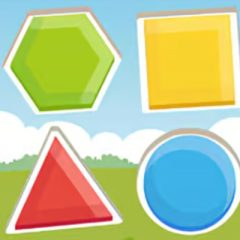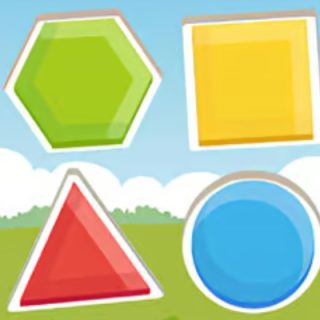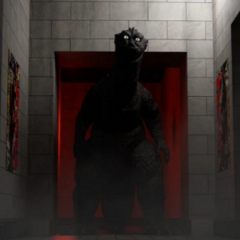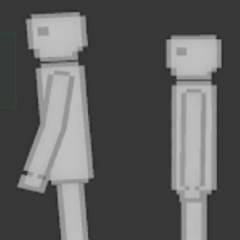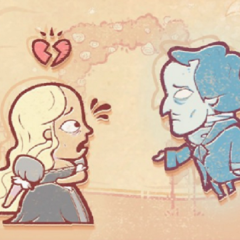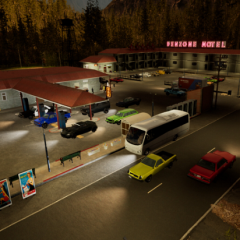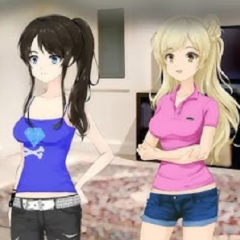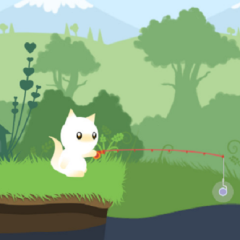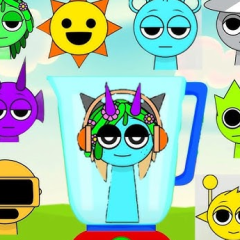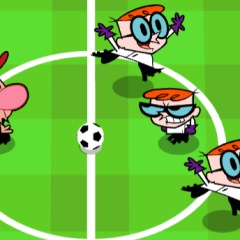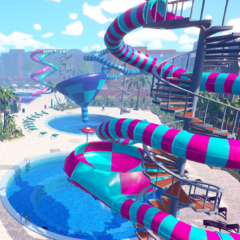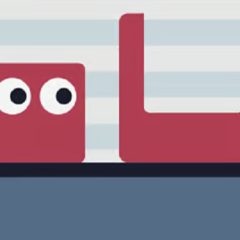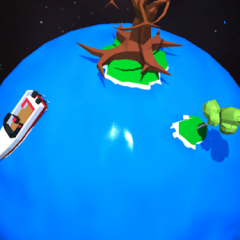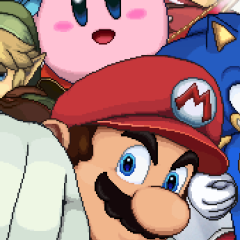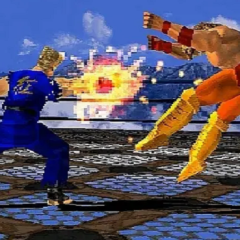Logic-Based Problem Solving
In Fit Shape, success depends on how well players can visualize the relationship between each piece and the grid. The shapes are fixed in size, but they can be rotated to fit into the empty slots. As the puzzles increase in difficulty, players must often test multiple combinations and rotate pieces several times before finding the solution. Unlike time-based games, Fit Shape emphasizes patience and careful observation, offering an experience that rewards planning over speed.
Puzzle Tools and Player Choices
Each level provides a set of fixed pieces that must all be used without overlaps or gaps. There are no extra shapes, and the goal is always to fill the entire outline perfectly. Some puzzles introduce misleading shapes or visually confusing layouts, adding to the mental challenge.
Key puzzle elements include:
- Rotatable geometric blocks like L-shapes, T-shapes, and Z-patterns
- Increasingly abstract outlines with non-standard angles
- Progressive levels with no time limits but rising complexity
- A reset option that allows players to rethink their entire solution
- Minimalist visual style to reduce distraction and focus on structure
Learning Through Experimentation
As players move through the stages, they begin to recognize patterns in shape usage and develop techniques for handling trickier levels. Some may prefer starting with corners, while others build around large central pieces. There’s no single correct strategy, which makes trial and error an important part of the gameplay. Each failed attempt teaches something new about the structure or layout, and with no penalty for restarting, players are encouraged to try different approaches.
Fit Shape is a focused, mentally engaging puzzle experience that combines intuitive interaction with increasing complexity. It doesn’t rely on flashy effects or pressure-based mechanics—instead, it offers a calm, rewarding space for logical thinking. With each completed level, players feel a sense of accomplishment earned through careful planning and spatial insight.

